1. Julia Breaks Ground with Diahann Carroll
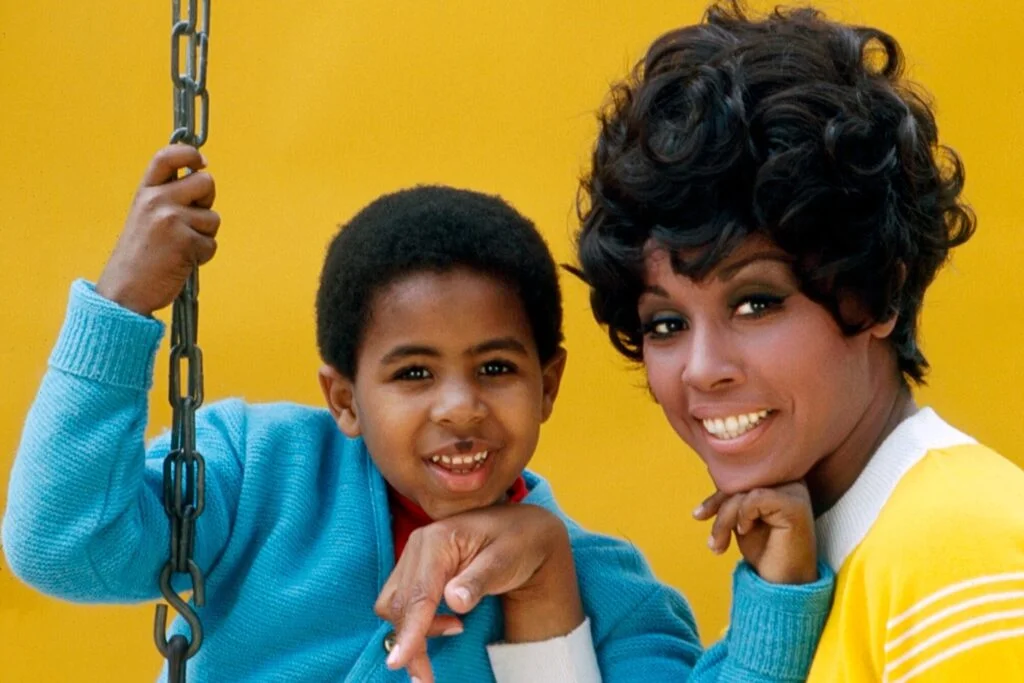
In 1968, Julia made television history by starring Diahann Carroll as the first Black woman to lead a sitcom as a professional character, not a servant. She portrayed a widowed nurse raising her son alone, a narrative that was both groundbreaking and controversial. Critics praised the show for offering a positive portrayal of Black life, though some felt it was too sanitized and didn’t address the era’s racial tensions head-on. Despite mixed reactions, Julia became a cultural milestone, earning Carroll an Emmy nomination and paving the way for more diverse representation in television.
The show’s success was also significant for its portrayal of a single mother, a rare depiction at the time. Carroll’s character was independent, educated, and self-sufficient, challenging stereotypes about single mothers. The series ran for three seasons, from 1968 to 1971, and remains a touchstone in discussions about race and representation in media.
2. Bewitched‘s Subtle Social Commentary
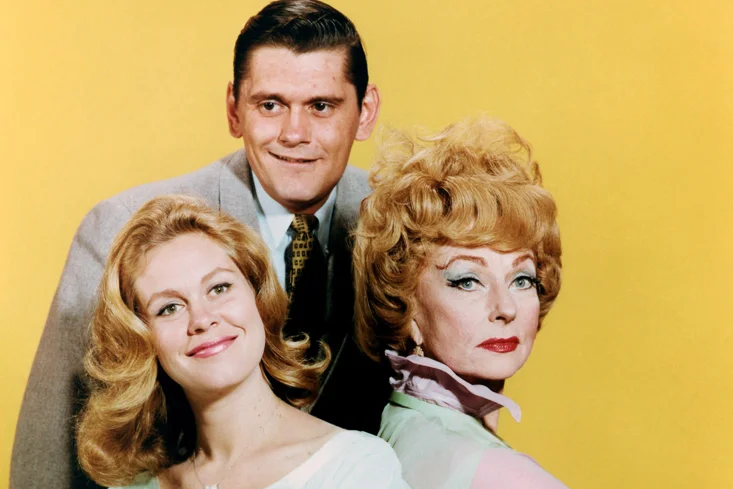
Bewitched, which premiered in 1964, used the supernatural to comment on societal norms, particularly regarding marriage and gender roles. Samantha, a witch who marries a mortal man, faced the challenges of blending her magical world with his conventional expectations. This dynamic subtly mirrored interracial marriages, which were still controversial in the U.S. at the time. The series often highlighted the tension between Samantha’s desire to be a traditional housewife and her magical abilities, reflecting broader discussions about women’s independence and societal expectations.
The show’s portrayal of Samantha as both a loving wife and a powerful, independent woman resonated with audiences. It offered a nuanced perspective on the complexities of balancing personal identity with societal roles. Through humor and fantasy, Bewitched addressed themes of conformity, acceptance, and the evolving roles of women in the 1960s.
3. The Addams Family Celebrates Nonconformity
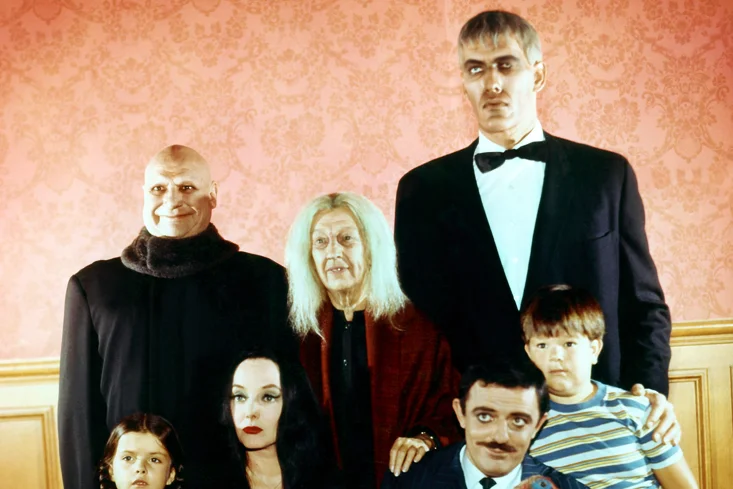
Premiering in 1964, The Addams Family presented a macabre yet loving family that defied conventional norms. Their unconventional lifestyle and values challenged the era’s standards of normalcy and propriety. The show portrayed a family that embraced individuality, kindness, and acceptance, regardless of societal expectations. This subversion of traditional family dynamics offered a fresh perspective on what constituted a “normal” family.
The Addamses’ acceptance of their unique traits and lifestyles encouraged viewers to question societal norms and embrace diversity. Their portrayal of love and acceptance in the face of societal judgment resonated with audiences seeking alternative representations of family and identity. The Addams Family remains a beloved example of progressive storytelling in television history.
4. Julia‘s Portrayal of Single Parenthood
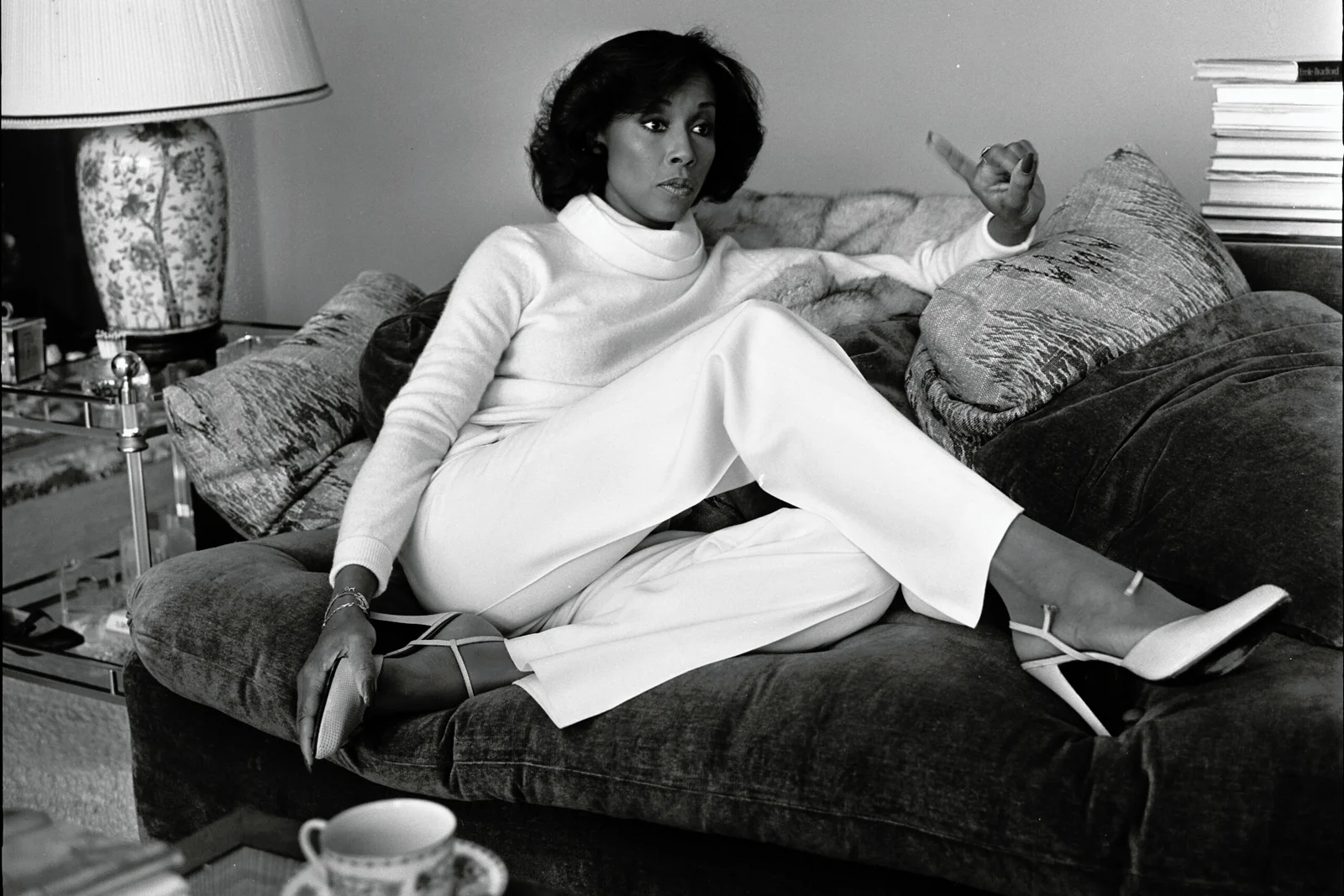
Julia not only broke racial barriers but also tackled the theme of single parenthood in a positive light. The show depicted a Black woman raising her son alone, a narrative that was uncommon on television at the time. Julia’s character was portrayed as competent, loving, and successful, challenging stereotypes about single mothers. This portrayal offered a refreshing and empowering image of Black womanhood and family life.
The series highlighted the challenges and triumphs of single parenthood, resonating with many viewers who saw their own experiences reflected on screen. It provided a platform for discussions about family dynamics, responsibility, and the diverse forms that families can take. Julia remains a significant example of progressive representation in media.
5. The Mary Tyler Moore Show Redefines Women in the Workplace
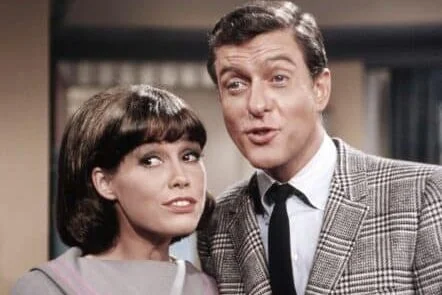
Premiering in 1970, The Mary Tyler Moore Show featured a single woman, Mary Richards, working as a television news producer. This portrayal was groundbreaking, as it depicted a woman in a professional role without focusing on her romantic life. The show addressed issues such as workplace discrimination, equal pay, and the challenges women faced in male-dominated industries. It presented Mary as competent, ambitious, and independent, challenging traditional gender roles.
The series also highlighted the importance of female friendships and the complexities of balancing career and personal life. Through its witty writing and strong performances, The Mary Tyler Moore Show became a cultural touchstone, influencing future portrayals of women in the workplace. It remains a seminal example of progressive television that addressed relevant social issues with humor and sensitivity.
6. Room 222 Tackles Race and Education
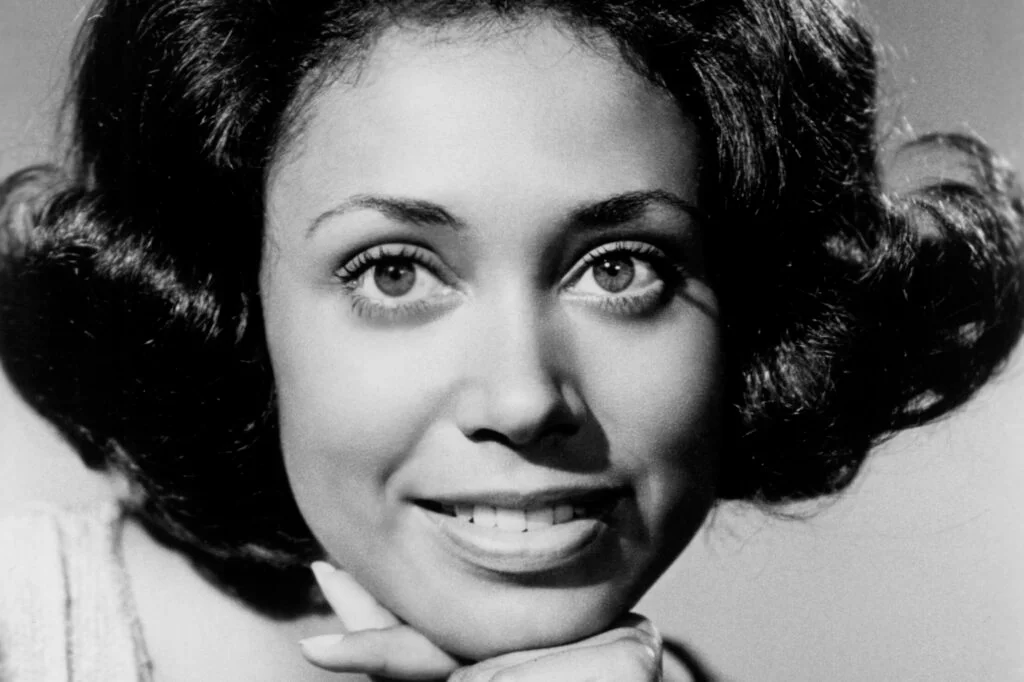
Room 222, which aired from 1969 to 1974, was one of the first sitcoms to address racial integration in schools. Set in a racially diverse high school in Los Angeles, the series focused on the interactions between students and teachers. It explored themes of prejudice, identity, and the challenges of navigating a multicultural environment. The show’s portrayal of interracial relationships and friendships was groundbreaking for its time.
The series was praised for its realistic depiction of the complexities of race and education. It provided a platform for discussions about social justice and the importance of understanding and empathy in diverse communities. Room 222 remains a significant example of television using its platform to address important societal issues.
7. Star Trek‘s Diverse Future
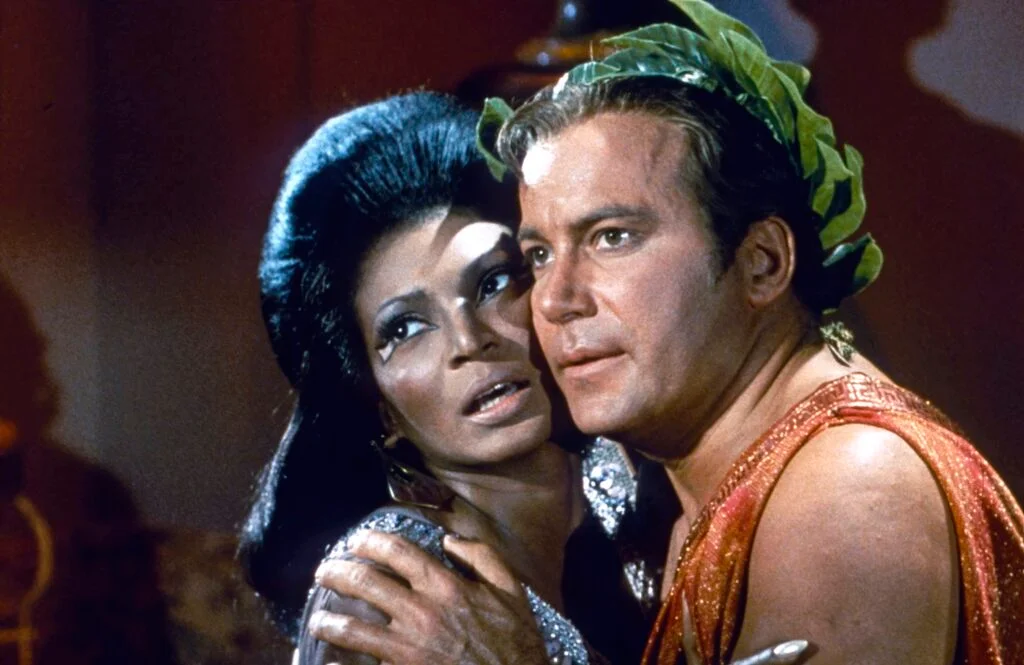
While not a traditional sitcom, Star Trek, which began in 1966, featured a racially integrated crew aboard the Starship Enterprise. The series presented a future where diversity was celebrated, and characters of different races and backgrounds worked together harmoniously. This portrayal was revolutionary, especially considering the racial tensions of the 1960s. The show’s inclusion of characters like Lieutenant Uhura, portrayed by Nichelle Nichols, offered a positive representation of Black women in science fiction.
Star Trek also addressed social issues such as war, inequality, and civil rights through allegorical storytelling. Its progressive themes and diverse cast set a precedent for future science fiction and television in general. The series’ legacy continues to inspire discussions about diversity and inclusion in media.
8. The Dick Van Dyke Show‘s Gender Dynamics
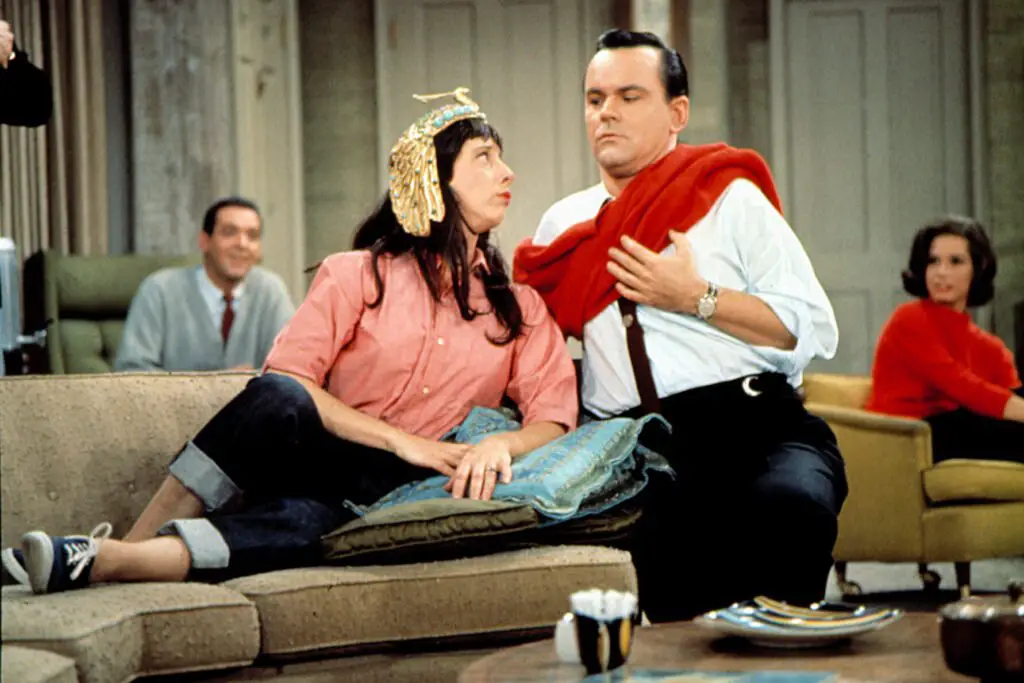
The Dick Van Dyke Show, which aired from 1961 to 1966, featured a married couple, Rob and Laura Petrie, who shared a balanced partnership. Laura, portrayed by Mary Tyler Moore, was a stay-at-home mom who occasionally worked outside the home, challenging traditional gender roles. The show depicted a marriage based on mutual respect, humor, and equality, offering a progressive portrayal of domestic life.
The series also addressed issues such as workplace dynamics and the challenges of balancing career and family. Through its clever writing and relatable characters, The Dick Van Dyke Show provided a nuanced perspective on relationships and gender roles. It remains a classic example of television that subtly challenged societal norms.
9. Maude‘s Unapologetic Feminism
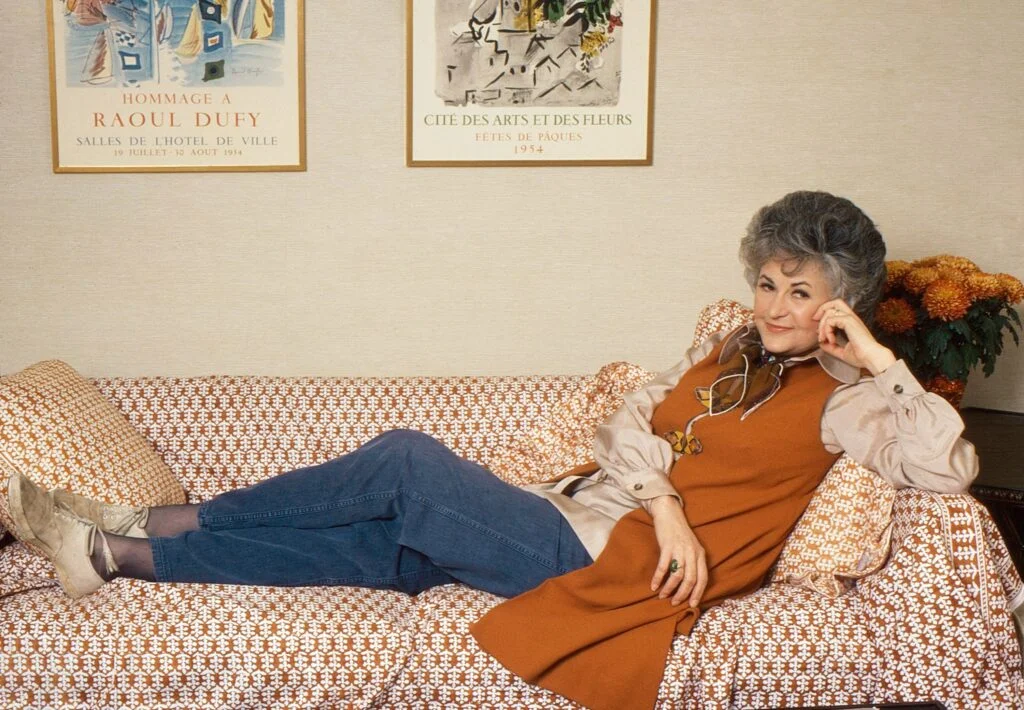
Maude, a spin-off from All in the Family, aired from 1972 to 1978 and starred Bea Arthur as the outspoken and liberal Maude Findlay. The show tackled issues such as abortion, menopause, and women’s rights, often sparking controversy. In one notable episode, Maude decides to have an abortion, a storyline that was groundbreaking and led to significant public discussion. The series portrayed Maude as a strong, independent woman who was unafraid to challenge societal expectations.
Through its bold storytelling and complex characters, Maude addressed topics that were often considered taboo. The show’s willingness to tackle difficult subjects paved the way for more progressive content in television. Maude remains a significant example of sitcoms using humor to address serious social issues.
10. The Jeffersons‘ Exploration of Class and Race
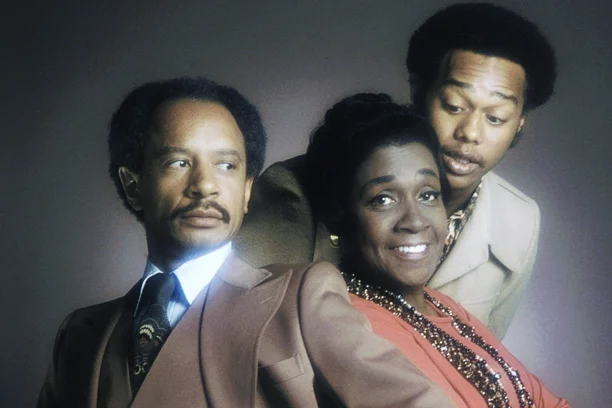
The Jeffersons, which began in 1975, followed George and Weezy Jefferson as they moved from a working-class neighborhood to a luxury apartment in Manhattan. The series explored themes of class mobility, racism, and the complexities of African American identity. It presented a positive portrayal of a Black family achieving success and navigating the challenges that came with it. The show’s characters often confronted prejudice and discrimination, offering a platform for discussions about race and class.
The series was praised for its portrayal of African American characters in a positive light, breaking away from stereotypes. It also addressed social issues such as economic disparity and the pursuit of the American Dream. The Jeffersons remains a landmark in television history for its progressive themes and representation.
11. Good Times‘ Honest Depiction of Poverty
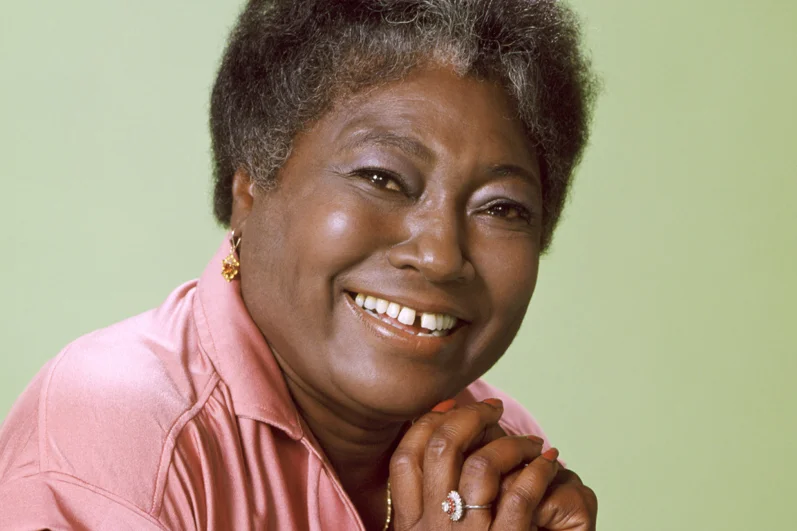
Good Times, which aired from 1974 to 1979, depicted the lives of the Evans family living in a Chicago housing project. The series addressed the realities of poverty, unemployment, and systemic racism, offering an honest portrayal of life in an urban ghetto. It highlighted the strength and resilience of the family as they navigated these challenges. The show’s characters often found humor and hope in difficult circumstances, resonating with many viewers.
The series was praised for its realistic depiction of African American life and its willingness to tackle serious social issues. It provided a platform for discussions about poverty, race, and the importance of family and community. Good Times remains a significant example of television addressing real-life struggles with sensitivity and humor.
12. The Mary Tyler Moore Show‘s Diverse Female Characters
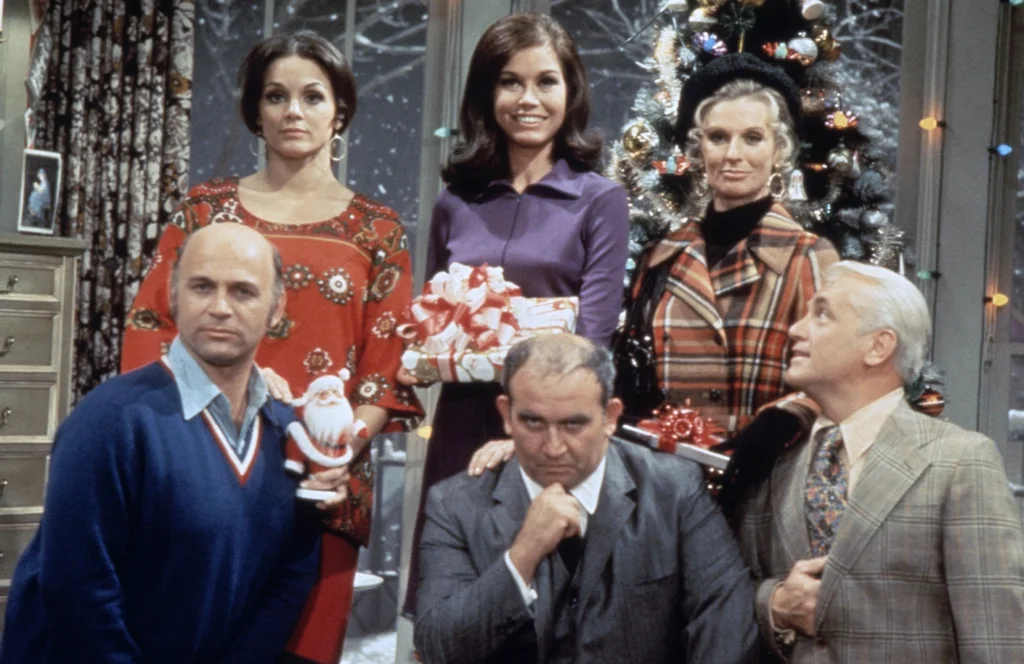
In addition to its portrayal of Mary Richards, The Mary Tyler Moore Show featured a diverse cast of female characters who broke away from traditional roles. Rhoda Morgenstern, Mary’s best friend, was portrayed as a single Jewish woman navigating her own career and relationships. Phyllis Lindstrom, another friend, was a widow who worked as a landlady. These characters offered varied representations of women, challenging the notion that a woman’s role was solely defined by marriage and motherhood.
The series also addressed issues such as divorce, single parenthood, and women’s independence. Through its ensemble cast, The Mary Tyler Moore Show provided a nuanced perspective on the lives of women in the 1970s. It remains a pioneering example of television portraying women in multifaceted roles.
13. The Odd Couple‘s Exploration of Male Relationships

The Odd Couple, which aired from 1970 to 1975, centered on two mismatched roommates, Felix and Oscar, who navigated their differences and developed a deep friendship. The series explored themes of masculinity, friendship, and the complexities of male relationships. It portrayed men as emotionally complex individuals capable of deep connections and vulnerability, challenging traditional stereotypes of stoic masculinity.
The show’s humor often stemmed from the characters’ contrasting personalities and lifestyles, offering a fresh take on male friendships. Through its portrayal of Felix and Oscar’s relationship, The Odd Couple provided a progressive perspective on male bonding and emotional expression. It remains a classic example of television exploring the nuances of male relationships.
14. The Monkees‘ Subversion of the Music Industry
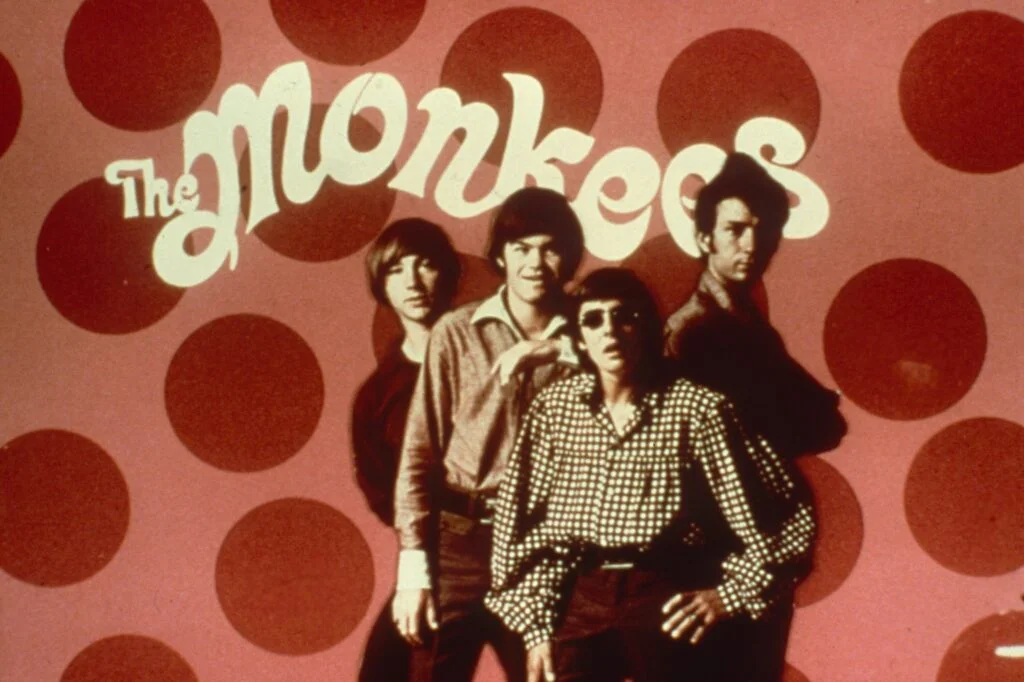
The Monkees, which aired from 1966 to 1968, was a television show about a fictional band that parodied the music industry and celebrity culture. The series often broke the fourth wall, with the band members engaging in self-aware humor and satire. It addressed issues such as commercialism, fame, and the pressures of the entertainment industry, offering a critique of the very medium it occupied.
The show’s unconventional style and willingness to challenge norms resonated with the youth counterculture of the 1960s. It provided a platform for discussions about authenticity, creativity, and the commercialization of art. The Monkees remains a cult classic for its innovative approach to television and its progressive themes.


